Hello, I’m Conservario.
The guitar, as an instrument, surprisingly requires a lot of accessories.
When you think about tuners, cables, cases, and effects pedals, the number of things you need really adds up.
While these items aren’t directly related to playing the guitar, they are indispensable for a guitarist’s life once you have them.
Whether you play acoustic or electric guitar, I’m sharing some items that will make your life as a guitarist easier. Take a look!
■ Cleaning Cloth
First up is this—it’s just a cloth.
This might seem too obvious, but a cleaning cloth is an incredibly useful item.
As I’ve written in my article on tips for making strings last longer, simply wiping down your strings with a cloth after playing can extend their life significantly.
永遠に劣化しない弦、というものがまだ開発されていないので弦の劣化というのは全ギタリストの宿命です。
Of course, you can always change the strings when they wear out, but I’m sure many people find string replacement a hassle.
Simply wiping your strings carefully with a cloth can extend their life by two to three times.
The cloth is not only for the strings; you can also use it to clean the neck and body of the guitar.
Sweat and fingerprints accumulate on the body, so make sure to wipe it regularly.
While cleaning the body, you may also notice loose screws or parts that need attention, which is another advantage of using a cloth.
So, cleaning your strings and guitar with a cloth has numerous benefits: it prevents string wear, helps clean the entire guitar, and alerts you to any issues with the parts.
Cleaning cloths come in various types, and you can find affordable ones for just a few hundred yen. If you don’t own one yet, get one right away!
Aria / CC500 Navy Blue Cleaning Cloth
■ Peg Winder
This is a tool that can be handy when changing strings.
It attaches to the tuning pegs to help you wind the strings faster.
You might think, “I can just turn the pegs by hand, can’t I?”—I used to think the same.
But when you change guitar strings, you’ll be turning the pegs far more times than you would when tuning.
Particularly with guitars equipped with a Floyd Rose or classical guitars, you need to turn the pegs a lot during string changes.
You also have to adjust the tuning multiple times after installing the new strings, as they tend to go out of tune often at first.
Since hand-turning only allows about a half-turn at a time, this process can be very time-consuming.
Without the right tools, the hassle of changing strings can even make you lose interest in playing guitar altogether—which, though extreme, would be a real shame.
So, it’s best to use a peg winder.
One caution when using a peg winder: don’t rush it.
Make sure it’s properly attached to the tuning peg before you start turning.
When people get used to the process, they tend to get careless, but using it too aggressively could damage the pegs.
Some peg winders also come with built-in cutters and an acoustic guitar bridge pin puller, making them multifunctional.
If you play both electric and acoustic guitars, I recommend getting this one.
It’s a bit more expensive, but the added functionality makes it worth having.
D’Addario / Pro Winder/Cutter Guitar Peg Winder
■ Guitar Hanger
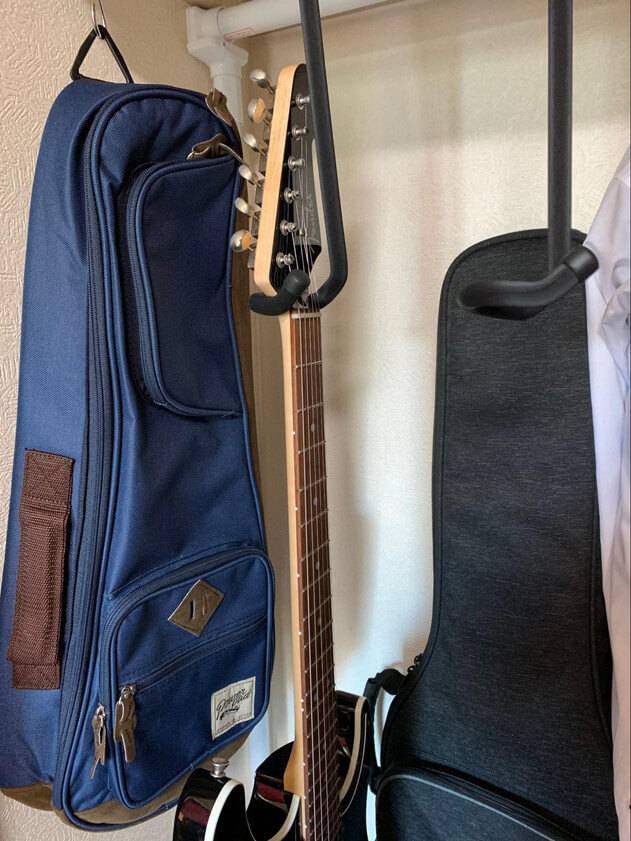
This tool allows you to hang your guitar for storage.
In music stores, you’ll often see both guitar stands and hangers.
The guitars hanging on the wall are held by guitar hangers.
While guitar shops use these primarily for display, I recommend guitar hangers over stands for personal use.
Hangers are safer, prevent rubber burns, and save space.
I’ve had a bad experience with a guitar stand.
Once, at a studio, my guitar fell over while on a stand.
It was likely due to a mic cable or power cable that a band member tripped over.
The neck broke completely, and the repair cost 80,000 yen… so, lesson learned.
Since then, I’ve stopped using stands and either lay the guitar flat or keep it with me.
With a guitar hanger, such accidents won’t happen.
Another difference is that guitar stands support the guitar by the body’s base and neck.
However, on cheaper stands, the rubber can leave marks on the neck where it touches, and these stains can be so strong that they’re nearly impossible to remove, which can be a concern if you want to keep your guitar pristine.
Guitar hangers don’t take up space either.
All you need is a wall or a closet rod.
Since they don’t have the tripod legs that stands do, guitar hangers are a safe, space-saving way to store multiple guitars. Definitely consider getting a guitar hanger!
The “sound & person” column is made up of contributions from you.
For details about contributing, click here.





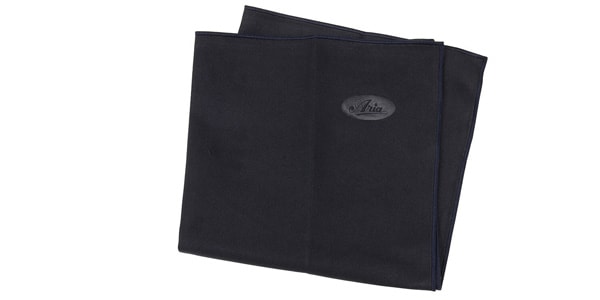
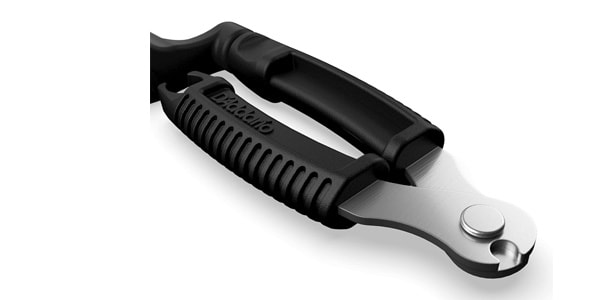


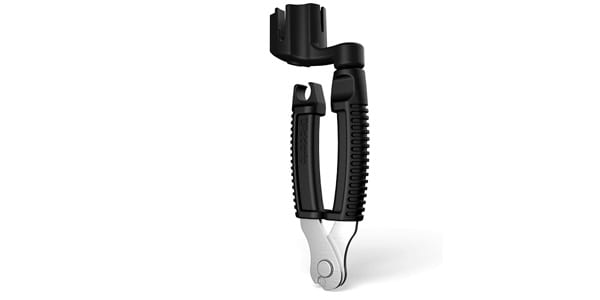





![[Guitar Mastery Guide] Essential Tools for Playing Electric Guitar](/contents/uploads/thumbs/5/2022/2/20220228_5_16889_1.jpg)

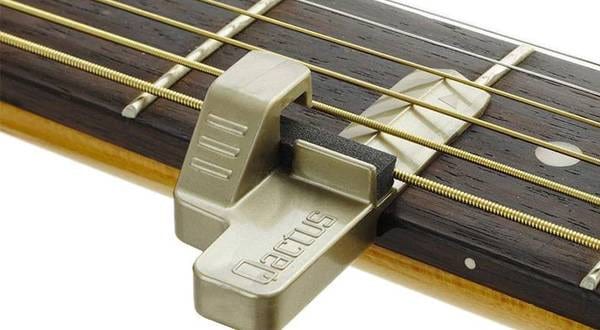
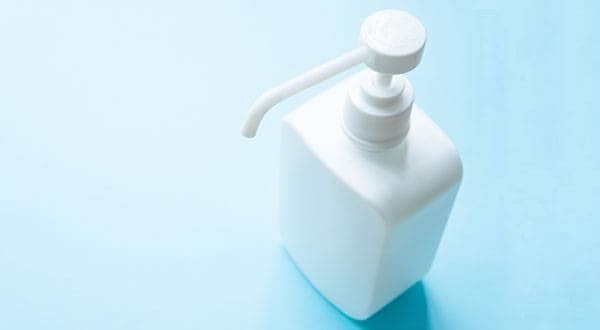

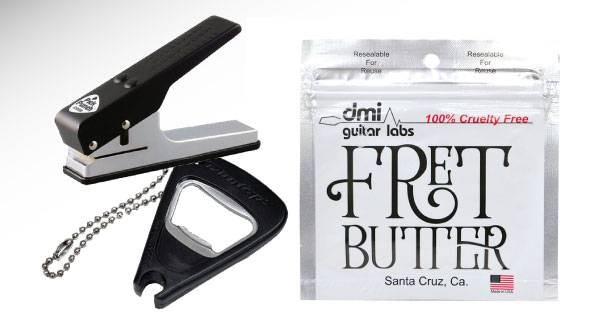
 ギターパーツの沼
ギターパーツの沼
 DIY ギターメンテナンス
DIY ギターメンテナンス
 超オススメのフレーズ道場 ギター
超オススメのフレーズ道場 ギター
 ギターのお手入れ
ギターのお手入れ
 ギター名人ラボ
ギター名人ラボ
 めちゃラク!ギター講座
めちゃラク!ギター講座















